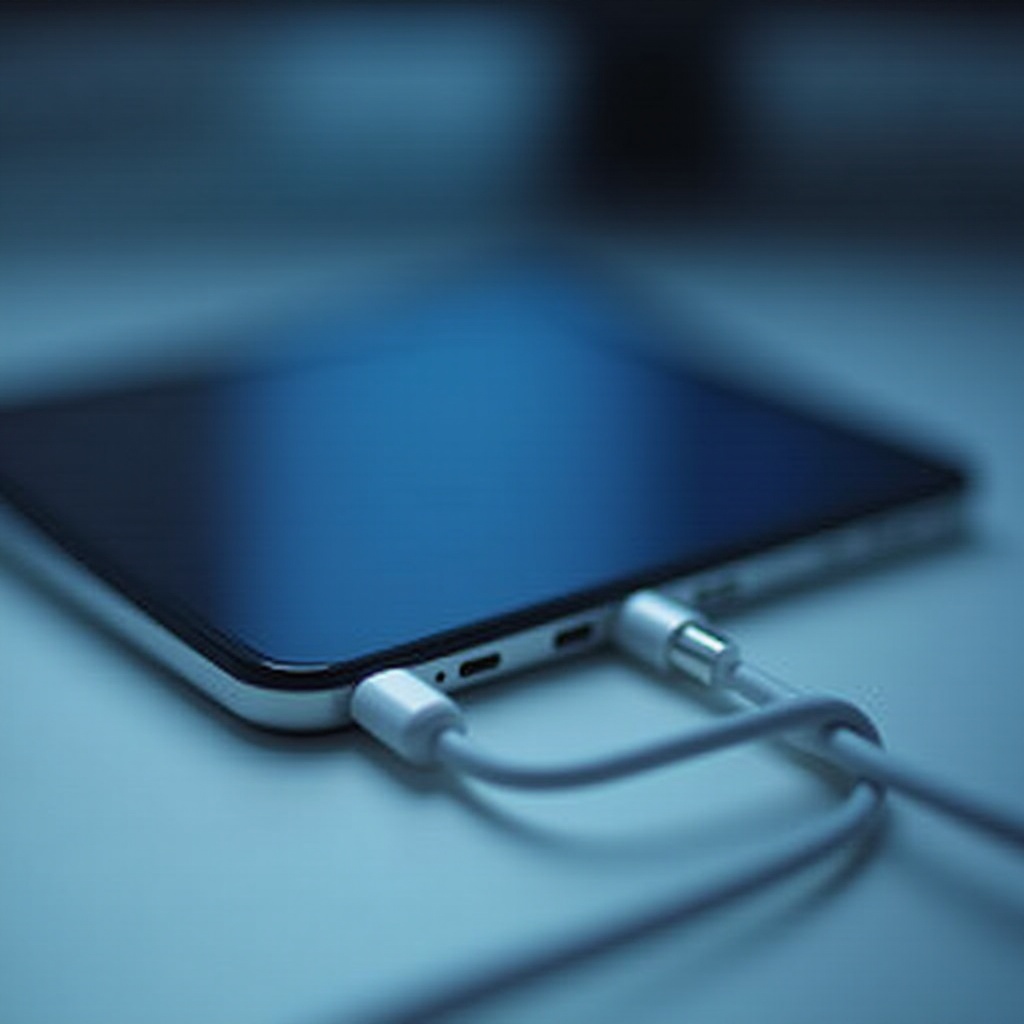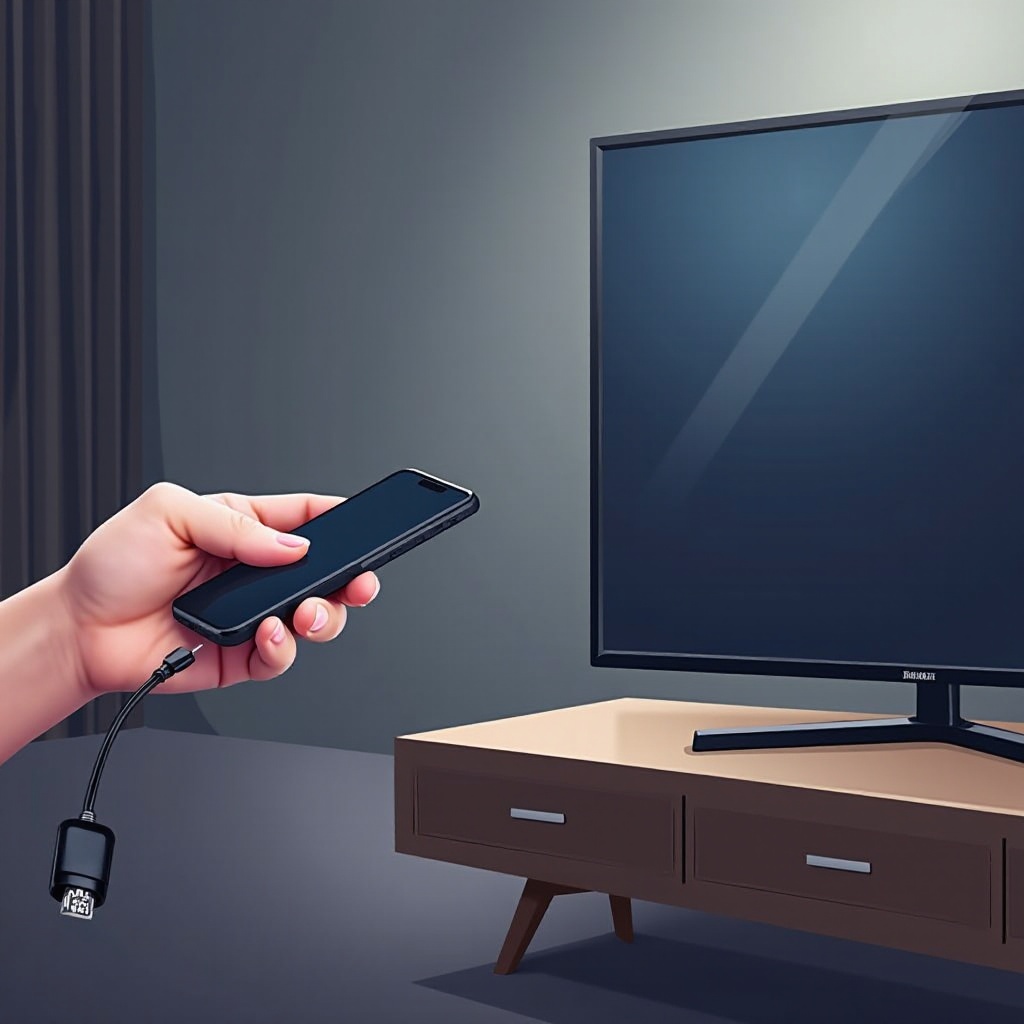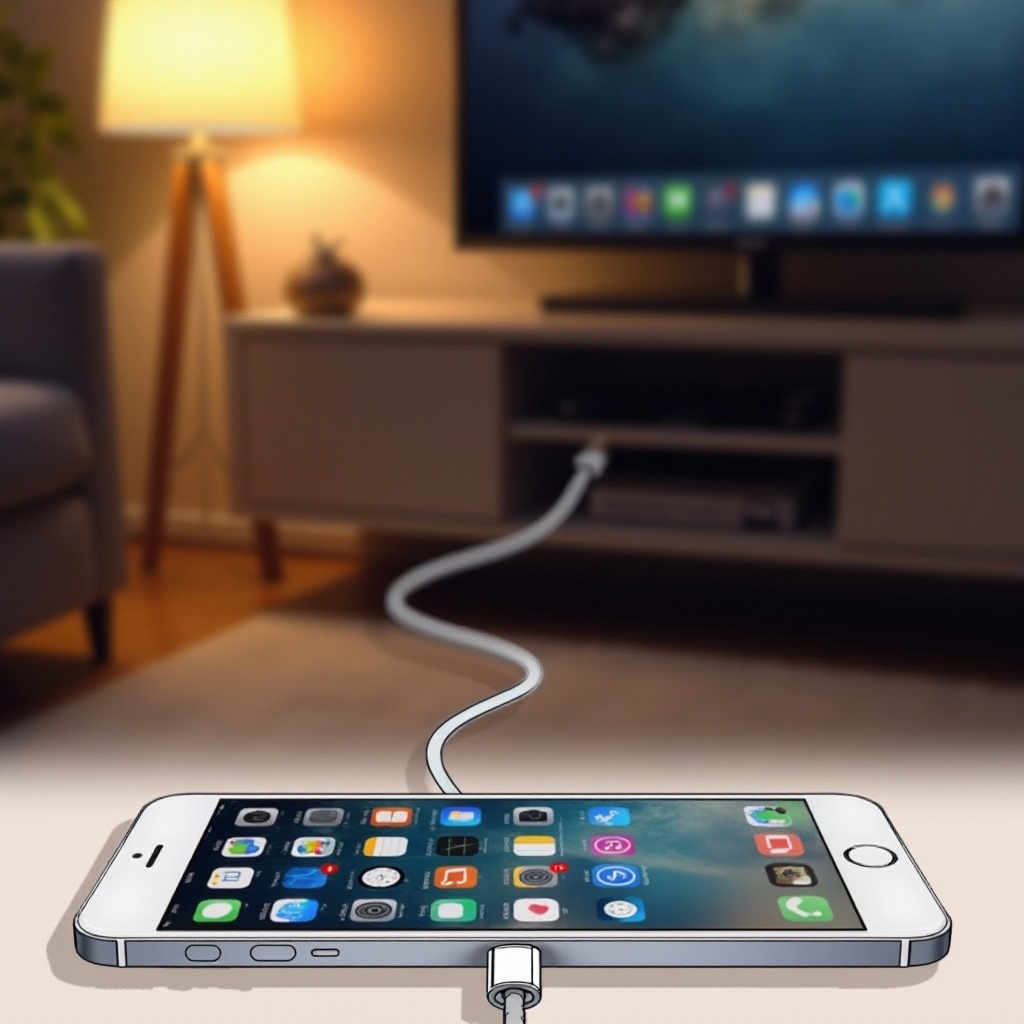How to Connect iPhone to TV Using USB
Introduction
Connecting your iPhone to a TV can revolutionize your media viewing experience by offering the large-screen advantage for enjoying photos, videos, and even games. A USB connection is one of the most straightforward and reliable methods for achieving this. This guide will meticulously walk you through the necessary steps to connect your iPhone to a TV using a USB connection, explaining the essential equipment and the setup process. Whether you wish to deliver a presentation or share family photos, this guide is here to help you accomplish your goals effortlessly.

Understanding USB Connectivity
The Universal Serial Bus (USB) is a ubiquitous interface used for connecting diverse devices. When connecting an iPhone to a TV, USB provides a dependable method to transfer data and media. This typically involves employing compatible cables and adapters that bridge the connection between your iPhone and the TV. Comprehending USB connectivity can facilitate troubleshooting and prevent issues during the connection, ensuring a smooth display setup tailored to your needs.

Why Connect Your iPhone to the TV Using USB?
Connecting your iPhone to a TV using a USB cable allows you to share and fully enjoy media files on a larger screen. This setup is particularly beneficial for presentations, family gatherings, or even binge-watching sessions with friends. USB connections generally provide stable and high-quality transmission, reducing the risks of lag or distortion during playback. Familiarizing yourself with this can ease you into the steps required to prepare and connect your devices for optimal performance.
Transitioning from connecting your devices to exploring connectivity alternatives provides insight into diverse methods for enriching media viewing experiences, enhancing both practicality and enjoyment.
Preparing Your Devices for Connection
Before diving into the actual connection process, preparing your iPhone and TV appropriately is crucial. Start by ensuring your iPhone’s battery is adequately charged to prevent interruptions. Next, determine whether your TV supports USB connections or if adapters are needed. Understanding compatibility will save you time and ensure a smoother connection process. Gather the necessary tools and configure settings on your iPhone and TV to facilitate the connection.
Step-by-Step Guide to Connecting iPhone to TV
Gathering Necessary Cables and Adapters
- Apple Lightning to USB Cable: This cable is needed to connect your iPhone.
- USB-C to HDMI Adapter: Depending on available TV ports, you may require an adapter for the connection.
- Verify TV Inputs: Check available TV ports, as this could affect cable or adapter needs.
Configuring iPhone Settings
- Open Settings: Go to ‘Settings’ on your iPhone.
- Display & Brightness: Ensure screen brightness is comfortable.
- Connect to TV: Follow any on-screen instructions once connected.
Setting Up the TV for Connection
- Power On TV: Turn on the TV and select the appropriate input source matching your cable or adapter.
- Connect Cable/Adapter: Securely connect the Lightning cable to your iPhone and the adapter to the TV.
- Confirm Display: Verify the iPhone display mirrors on the TV screen.
With all devices prepared and set up, this comprehensive guide will ensure your iPhone’s media is presented accurately on your TV, offering a superior viewing experience.
Troubleshooting Common Connection Issues
Even with meticulous preparation, issues can still occur. Having troubleshooting tips handy can alleviate frustration when dealing with connection issues.
Resolving No Video Display
- Check Connections: Ensure all connections are secure.
- Input Source: Ensure the correct TV input source is selected.
- Software Updates: Keep both iPhone and TV software and firmware updated to support connectivity.
Fixing Sound Problems
- Volume Settings: Check volume levels on the iPhone and the TV.
- Audio Output: Adjust settings to ensure audio output on the TV.
Connection Stability Tips
- Signal Strength: Keep devices close to reduce signal loss.
- Avoid Interference: Keep away devices that may interfere with signals.
Moving into alternative connection methods unveils additional options for connecting your iPhone to a TV, offering flexibility and potentially more suitable solutions for your specific setup.
Alternative Connection Methods
HDMI Cables
HDMI cables are another reliable connection method, often providing high-quality audio and video transmission. This setup usually requires an adapter to link the iPhone to the TV.
Wireless Options
Wireless connections, such as Apple AirPlay, allow streaming from your iPhone to a compatible TV. These methods provide convenience but may introduce latency during playback.
Pros and Cons of Each Method
- USB: Provides stable connectivity, requiring specific cables and adapters.
- HDMI: Offers high-quality output, though setup may be complex.
- Wireless: Convenient but susceptible to streaming delays.
Choosing the right method depends on your preferences and available devices, with each option catering to different needs and environments.

Conclusion
Connecting your iPhone to a TV with a USB cable is a practical means to share and enjoy media on a larger screen. By following the outlined steps, you can ensure a smooth connection process suitable to various devices and situations. With thorough preparation, proper setup, and effective troubleshooting, a seamless viewing experience is within reach.
Frequently Asked Questions
Can I Use a Regular USB Cable for iPhone to TV Connection?
No, a specific Apple Lightning to USB cable or compatible adapter is required for the connection.
Is the USB Connection Method Applicable to All TV Models?
Not all TVs support USB connections for media playback. Check your TV’s specifications for compatibility.
What Should I Do if My iPhone Does Not Recognize the TV Connection?
Ensure both devices are updated, verify cable connections, and check compatibility to troubleshoot unrecognized connections.
